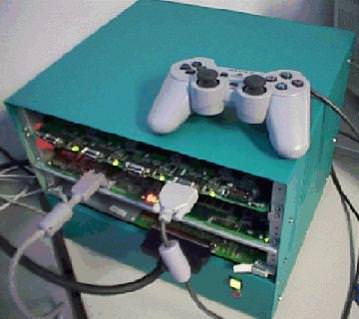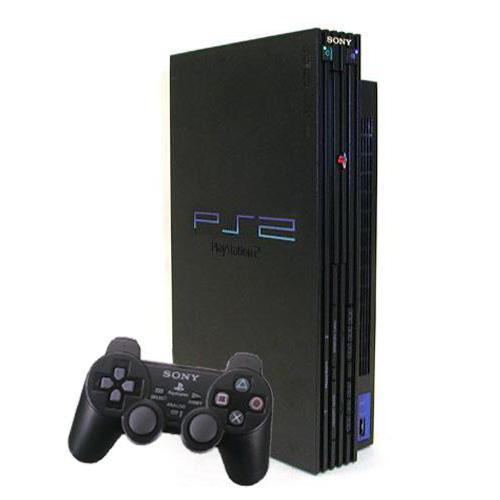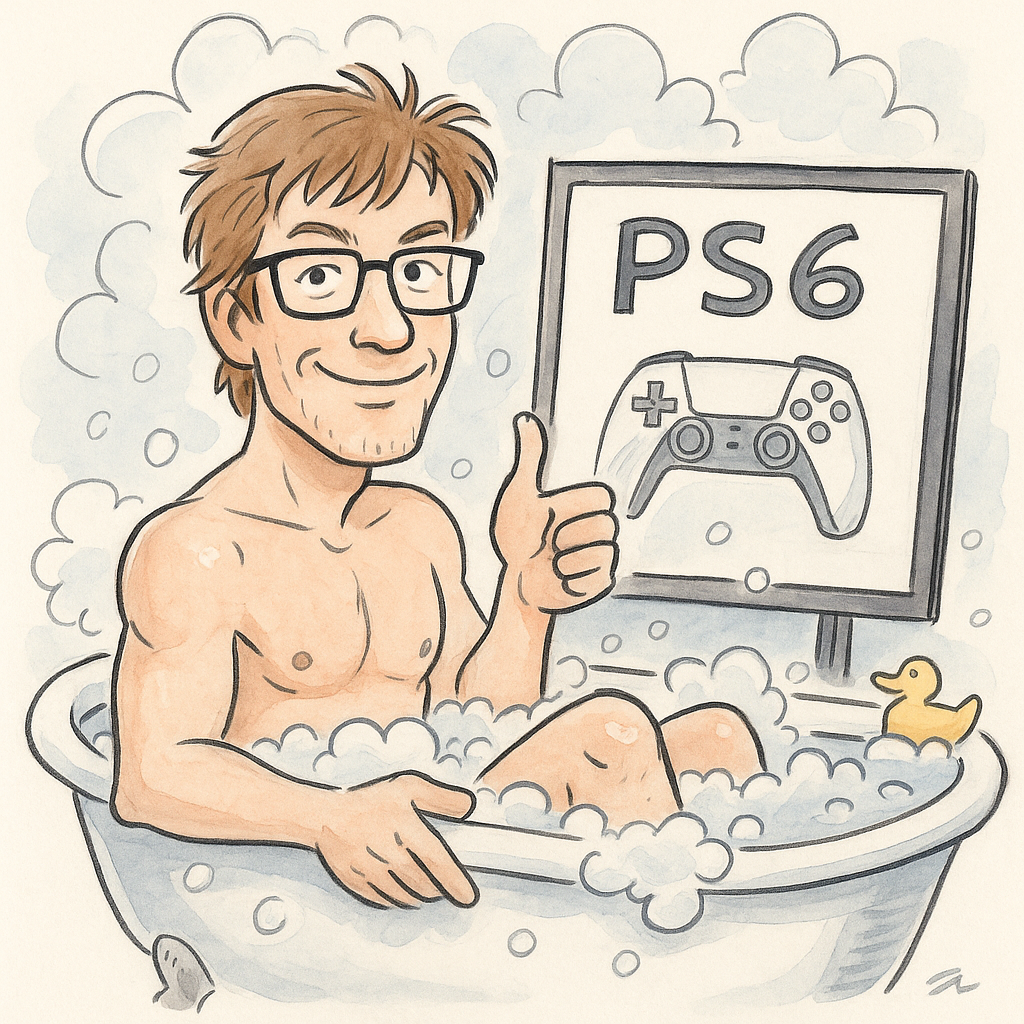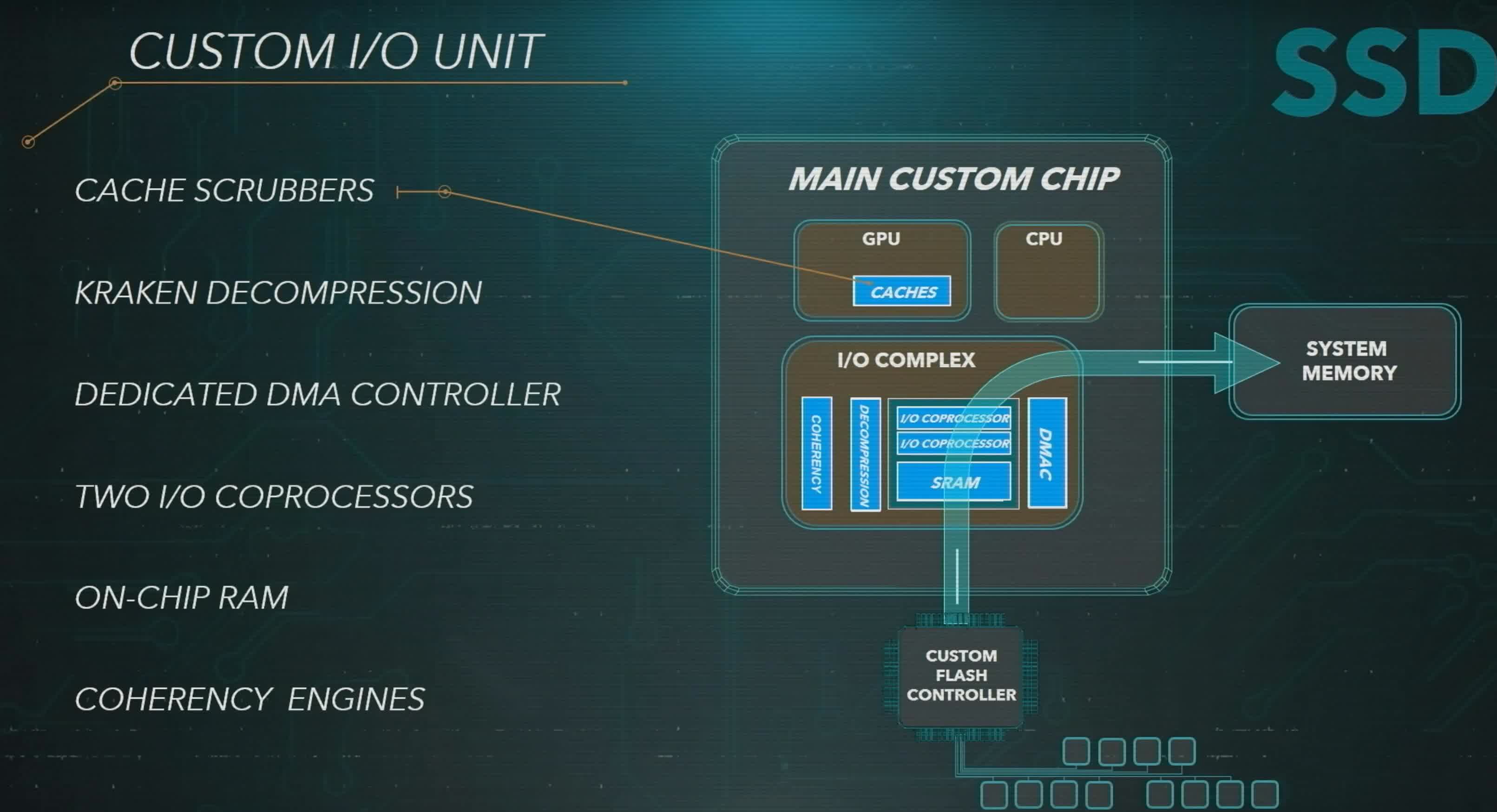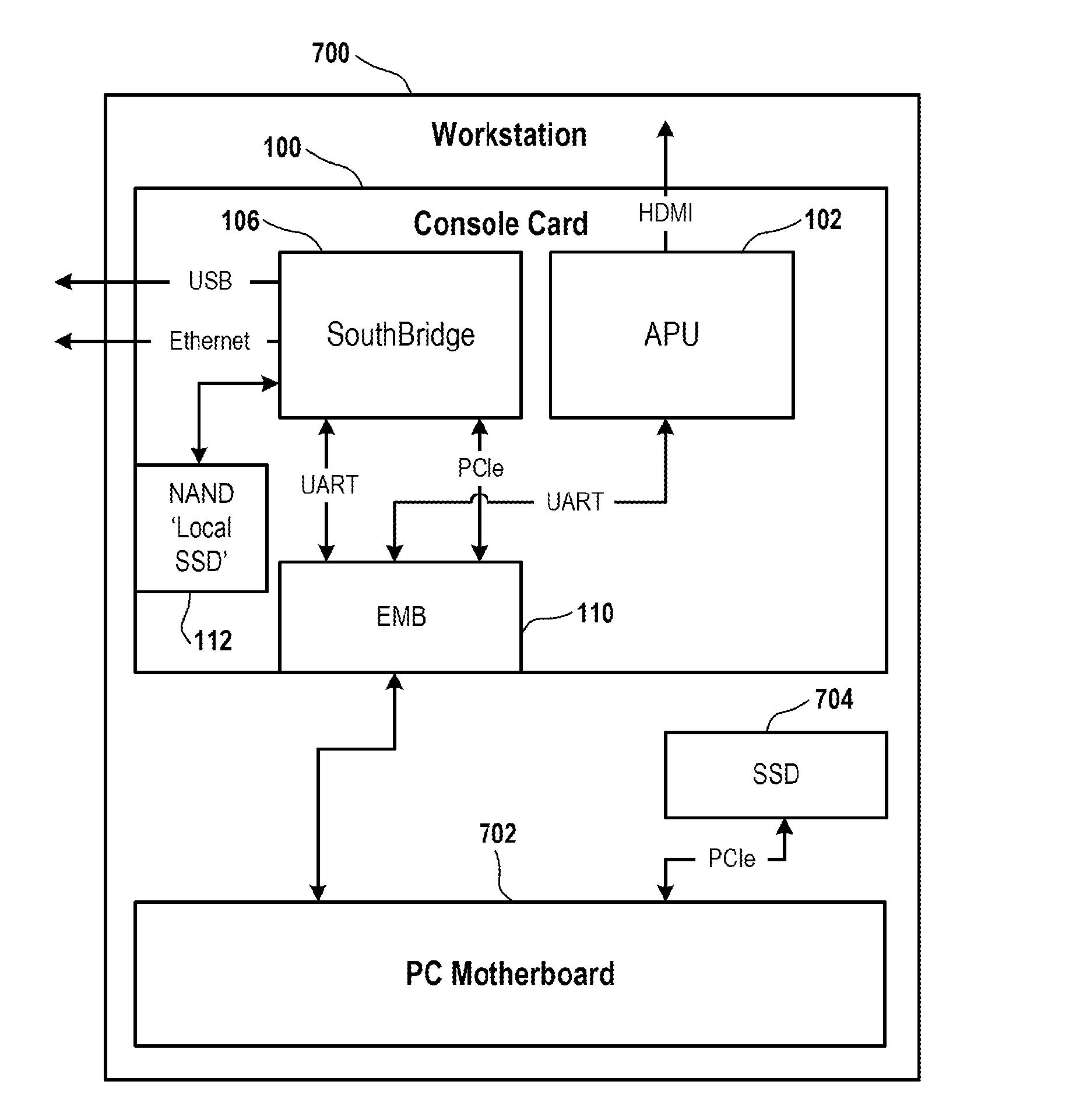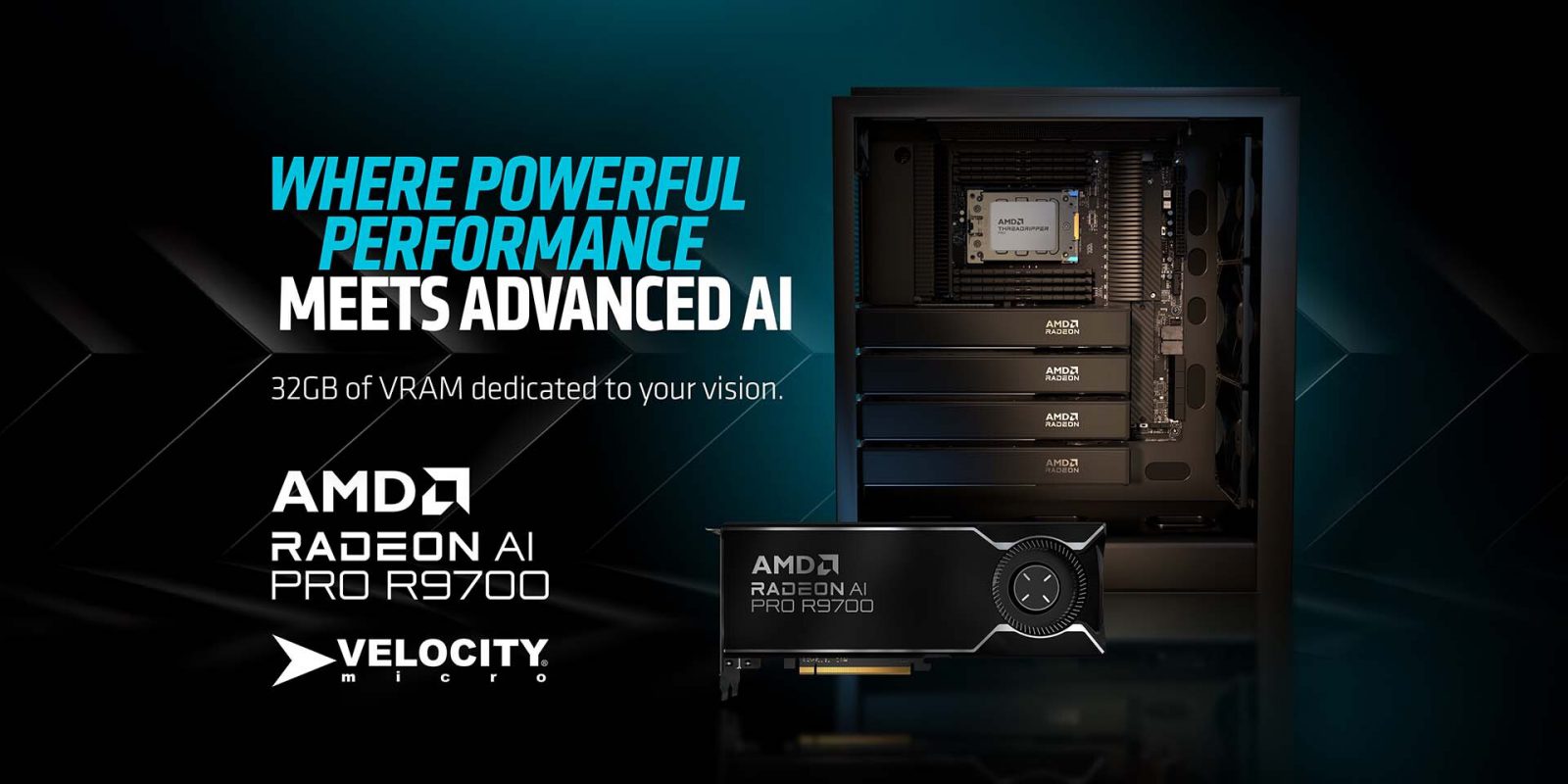Topher
Identifies as young
Both Xbox and PlayStation consoles have had exclusive hardware that sets them apart from regular PCs. Hence, developing games for these different ecosystems has always been a pain for studios over the years, but Sony may finally have a solution for this dilemma.
We have found multiple new patents published by Sony that aim to simplify how games are developed for consoles while preserving their proprietary nature in the process. Sony wants to convert the traditional devkits into small PCIe cards that serve the same purpose.
The company proposes PCIe cards with core console hardware to replace scarce devkits for game development. These PCIe cards can fit into regular PCs and servers to convert them into devkits instead.
Why it matters: Sony aims to preserve the exclusive nature of its console while making it easier for developers to create games for it. So, studios could soon utilize a PCIe card that can replace the traditional, bulky devkits currently in use.

The patent, dubbed 'GAME CONSOLE ENDPOINT MANAGEMENT BRIDGE FOR LOCAL SYSTEM GAME DEVELOPMENT,' also talks about using a special chip called the endpoint management bridge to manage communication between a host PC or server and the PCIe card.
Sony argues that console exclusivity complicates game development, and specialized devkits aren't easily adapted for cloud use. So, it proposes using these console PCIe cards instead.

These PCIe cards can be used to create efficient devkit servers that can be accessed remotely over the internet or serve as local workstations for direct console game development.

 tech4gamers.com
tech4gamers.com
No more wild looking dev kits?

We have found multiple new patents published by Sony that aim to simplify how games are developed for consoles while preserving their proprietary nature in the process. Sony wants to convert the traditional devkits into small PCIe cards that serve the same purpose.
The company proposes PCIe cards with core console hardware to replace scarce devkits for game development. These PCIe cards can fit into regular PCs and servers to convert them into devkits instead.
Why it matters: Sony aims to preserve the exclusive nature of its console while making it easier for developers to create games for it. So, studios could soon utilize a PCIe card that can replace the traditional, bulky devkits currently in use.

The patent, dubbed 'GAME CONSOLE ENDPOINT MANAGEMENT BRIDGE FOR LOCAL SYSTEM GAME DEVELOPMENT,' also talks about using a special chip called the endpoint management bridge to manage communication between a host PC or server and the PCIe card.
Sony argues that console exclusivity complicates game development, and specialized devkits aren't easily adapted for cloud use. So, it proposes using these console PCIe cards instead.

These PCIe cards can be used to create efficient devkit servers that can be accessed remotely over the internet or serve as local workstations for direct console game development.

New Sony Patent Aims To Simplify Console Game Development Without Devkits
Sony has published a new patent that aims to replace traditional devkits with a regular PCIe card that can be plugged into a regular PC.
 tech4gamers.com
tech4gamers.com
No more wild looking dev kits?

Last edited:



